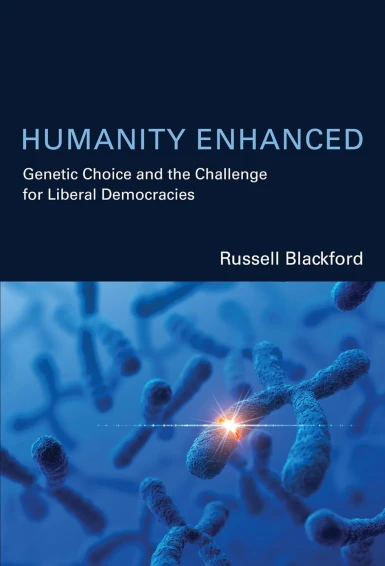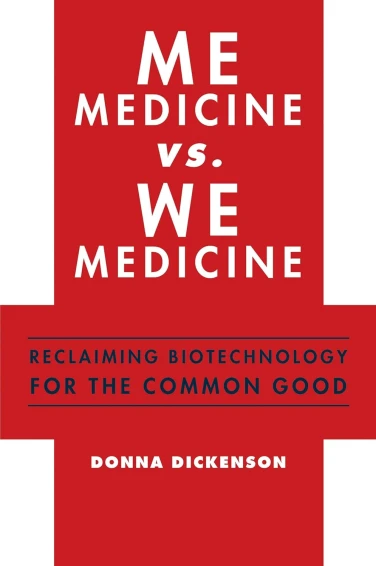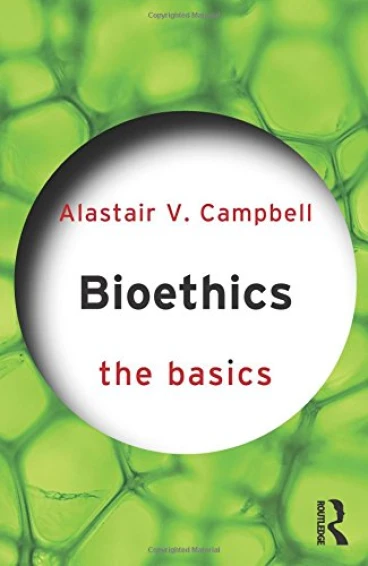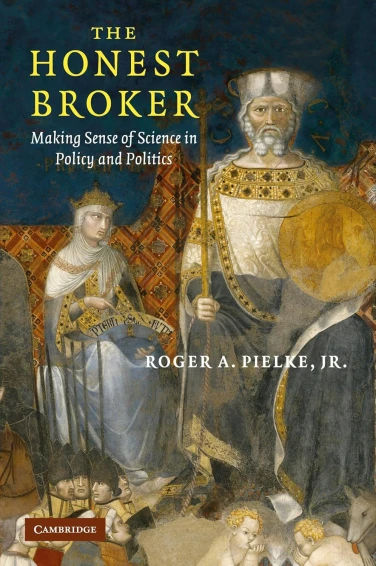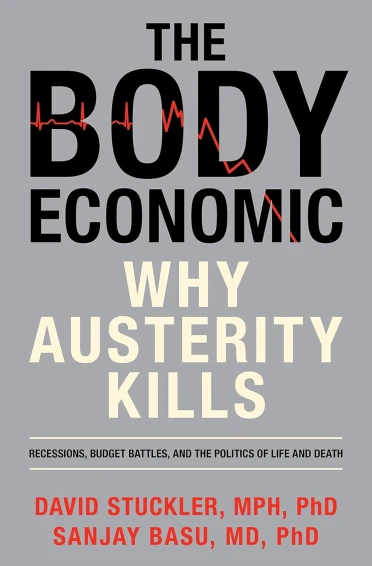
Edited by Sandra Shapshay
The John Hopkins University Press: Baltimore, 2009
ISBN 9780801890789
RRP: £14.00 (pb)
380pp
As someone who believes passionately in helping to engage as wide a cross section of people as possible in the bioethics conversation I recognise the value and importance of the arts, and the medium of film in particular, in helping to help shape and inform public thinking and perceptions. Therefore, it was with great anticipation that I picked up this book to review given its clear and obvious aim of exploring the relationship between bioethics and the movies. Was I disappointed? If I’m honest –yes. The book sets out with admirable aims and intentions but fails to really deliver on these aims. The result is a modest first attempt at setting about mapping and exploring the wealth of material found in cinematography which explores key bioethics questions. At the risk of sounding like an end of year school report, the book “could do better”.
Bioethics at the Movies is a collection of essays written by over twenty leading academics of the day. The essays are generally well structured and formed allowing the reader to follow and comprehend the main points being discussed. Use of vocabulary is also well deployed so as not to allow anyone without a background in sociology, science, ethics or philosophy to disengage with the material. There is also a wealth of resources to be found in the endnotes of each chapter which will present a valuable source for students and inquisitive readers alike who are interested in pursuing their own self directed study into the issues discussed.
Rather surprisingly given the book’s focus on the movies, the use of images is very much underused. There are in total about three black and white images used in the book which are not particularly well used in enhancing the text. A greater use of appropriately selected colour stills from the relevant movies would have contributed more to the discussion helpfully illustrating the points being discussed in the essay. Whilst there may well be issues of copyright to consider with such a move, a couple of pages featuring colour plates or even a selection of the various posters from the films surveyed (which in turn might spark further discussion about how the storyline for each film was framed and presented visually) in the middle of the book would have at the very least enhanced the book’s appeal. One is left thinking at points whether or not the concept behind the book was deprived of careful forethought and planning and instead was rushed through so that it was published in time.
Structure
The book’s structure consists of five parts which follow the rough pattern of most courses in bioethics. Part 1 explores beginning of life issues such as abortion followed by part 2 which explores questions concerning the making of better people through means such as cloning and germline intervention. The focus then transitions to questions of the pursuit of the ‘better life’ and human enhancement in part 3 before looking at issues at the end of life such as euthanasia and ageing in part 4. The concluding part of the book then looks at the broader topic of the interplay between bioethics and different cultures.
In terms of the range of films covered, the book strikes a good balance showcasing those films which over time have become inextricably linked with the bioethics conversation as well as those which are a little more unknown or have not been analysed so much through the lens of bioethics enquiry. Consequently, Gattaca, The Eternal Sunshine of the Spotless Mind and Dirty Pretty Things sit alongside others such as Ikiru and Talk to her. Clearly there are many other films which could have been addressed. The Island was one I was surprised not to have seen featured with its obvious focus on cloning but which did not make this particular volume. This is why I welcome this first attempt at ‘opening up the field’ and hope that it heralds the arrival of future publications that explore this genre further.
Approach
Where I feel the main book’s weakness lies is in the range of perspectives and reflections offered. In short, the range is extremely short. The general perspective overall tends to be broadly libertarian. In this reviewer’s opinion Robert Arp’s opening essay on The Cider House Rules, is the only one which at least recognises the range of standpoints on the question of abortion and then quite clearly states that he is more sympathetic to the pro-choice position. In nearly all the other essays presented, the main thrusts of the arguments offered originate from a liberal position. To be clear – this is in its self not wrong and they are valid positions to hold. However, as anyone understands who is involved with engaging with these issues on a regular basis, in order to further the conversation on pertinent issues such as cloning, human enhancement and euthanasia, opposing view points have got to be presented alongside one another, bringing together both protagonist and antagonist in order to learn and reason together. If the number of films surveyed could have been reduced from twenty or so to say just half that number (or even less) and three shorter essays presented on each film I think the book would have made more of a significant and richer contribution to the bioethics conversation. As the book keenly demonstrates there are many lines of discussion that can be explored from any of these films which would ensure that the three essays would not been overly repetitious.
At this point it has to be recognised that in certain circumstances this approach has been adopted with two particular films which makes my point all the more frustrating! If this approach had been deployed throughout the book it would have made for a far more informative read. Both Gattaca and Million Dollar Baby are covered by two essays which discuss different perspectives on the film in question. Gavaghan’s essay on Gattaca makes for an interesting read and explores Derek Parfit’s consequentialist philosophy with regard to the film alongside questions of a genetic underclass and justice. Shapshay picks up on the theme of justice and discusses the film in light of John Rawls’ theory of justice. Having explored Rawls’ theory in some detail this chapter makes for a particularly enlightening read and certainly opened up my thinking and appreciation of the film. In like manner Lutfiyya, Schwartz and Hansen’s essay presents complimentary perspectives to those offered by Frowe’s in relation to the movie Million Dollar Baby.
Cultural and theoretical approaches
Another key highlight of the book for me was part 5 and how it seeks to also open up discussion in terms of presenting different cultural and theoretical approaches to matters of bioethics through the medium of film. Brannigan’s essay on the Japanese firm Ikiru and net casting in intercultural bioethics is a particularly good example of this. When you watch a film which addresses a pertinent issue from within a cultural context different to your own, it is all too easy to proceed to make sweeping but defining statements about the culture as a result. This is the main premise of Brannigan’s essay which warns against falling into that trap in terms of watching Ikiru and the nature of Japanese clinical practice. The essay tackles this theme in an engaging way helping to open lines of thought which might otherwise have been overlooked or ignored. Refreshingly the writer pays respect to cultural norms and values whilst at the same time respectfully acknowledging weaknesses and differences in approach to the doctor-patient relationship and other aspects of clinical practice. Brannigan hits the nail on the head when he writes “….an intercultural bioethics is trustworthy when it can reasonably weigh and carefully assess the relevant social, cultural and historical parameters of paternalism and deception” (p. 361).
Let the discussion begin….
At the end of each essay a set of questions are provided to aid group discussion of the film. This is an excellent resource and is a particular highlight of the book. Either for personal reflection or to aid group discussion with family, friends, colleagues or study groups the questions act as a way of leading discussion on having watched the movie and read the chapter.
In conclusion, the book makes a fairly decent first contribution to the exploring the relationship between bioethics and the movies and is to be welcomed. However, there is still much scope to be fathomed in terms of the richness of debate and dialogue which can be had as a result of engaging with films which help to contextualise many of the leading bioethics questions of our day. A second volume or even a series of books in this area would be welcomed and eagerly anticipated.




